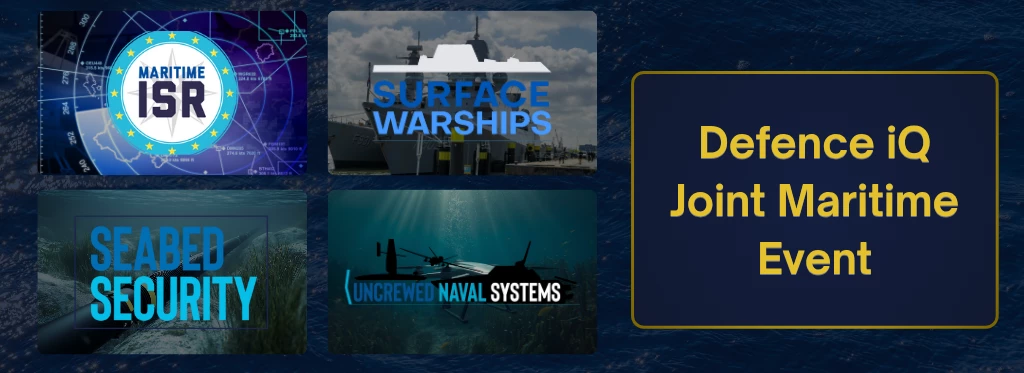The Need to Revitalise Deterrence in the South China Sea
Add bookmarkThe South China Sea is the key to defending regional alliances against China in Southeast Asia. It also functions as the entry point to the Western Pacific and Indian oceans — the mass of connective economic tissue where global sea routes coalesce.
The U.S. has so far struggled to curtail Chinese ‘salami slicing’ tactics in the South China Sea or undermine their declaration of indisputable sovereignty over the islands. The outlook of the regional order today is at best ambiguous, and the security of current Southeast Asian allies at stake. Therefore, Washington policymakers should institute tougher security commitments in the South China Sea to restrain further advancement by Beijing’s military forces and intimidation of allies and partners in the Pacific region.
The U.S. can achieve this by demonstrating a revitalized posture in Southeast Asia – specifically by establishing a forward base in the Philippines – that will support and ensure a free and open Indo-Pacific.
China’s Playbook in the South China Sea
China’s long-term strategy vis-à-vis the disputed islands in the South China Sea consists of two parts. In part one, China attempts to build-up physical presence – utilizing soft power – in their area of interest. Next, while their presence is permanent, China declares a fait acompli, relying upon others’ desire to avoid escalation to the level of an armed conflict. This is evident in many areas to include the South China Sea, creating facts on the ground until such time that it is too late for anyone to object.
Territorial disputes in the South China Sea.
Complementary to this, Chinese confrontational philosophy, as demonstrated in previous conflicts with India, is to maintain the ability to claim self-defence or hold a position of righteousness with credibility in the eyes of the international community.
Combining these actions with other aspects of Chinese instruments of power, China has militarized the Spratly Islands by engaging in reclamation projects in the South China Sea. Beijing dredged sand from the ocean floor and extended the size of the seven reefs they occupied and built three airfields capable of supporting military aircrafts. With this military presence, China has the capability to achieve its goal of extensive control over the South China Sea territory and the resources it contains.
This ‘playbook’ has been effective despite the U.S. rebalance to Asia to counter China’s influence in the region, and it will continue to work unless the U.S. has a way to contain it. Undeniably, this requires a larger footprint, an enhanced posture, and a long-term consistent presence of the U.S. force in Southeast Asia.
Vice Admiral Richard A. Brown, Commander Naval Surface Force, U.S. Pacific Fleet is speaking at Defence iQ's annual Surface Warships conference in January 2020. Download the agenda here.
China’s strategy in the South China Sea places many Southeast Asian nations in a dilemma. If the U.S. intends to oppose China’s aggressive expansion while increasing regional stability and supporting partner nations in the Pacific, it must advance an unmistakably clear signal of fidelity to at least one regional partner.
The Philippines is the nearest neighbor with its Palawan archipelago approximately 400 kilometers east of the Johnson South Reef in the Spratly Islands. As such, the proximity of the Philippines offers a unique opportunity for the U.S. to resist Chinese coercion in the South China Sea and represents the foundation upon which a shift in U.S. strategic force should embark.
U.S.-Philippines Relations
Since the U.S. recognized the Philippines’ independence in 1946, the relationship between Washington and Manila has been reinforced by an ideological alignment of democratic values as well as cultural ties between the two nations.
Their relationship is also strengthened by mutual defence cooperation, underpinned by long-standing U.S. military assistance to the Philippines, as well as a Mutual Defense Treaty and Bilateral Strategic Dialogue. In fact, 2019 saw more joint military exercises conducted than in any previous year, and many of which featured wargames, which had “China in mind.”
Meanwhile, the Philippines has also pursued closer ties to China. As recently as May 2019, China and the Philippines were entering into a $2 billion plan to build an industrial park where the former U.S. Clark Air Force Base once sat, as well as a rail line to connect the ‘New Clark City’ with the site of a former U.S. naval base, Subic Bay.
Soft diplomacy: President Duterte is welcomed by President Xi Jinping in Beijing at the FIBA Basketall World Cup in August 2019. PhilStar
China significantly outmatches the Philippines in the South China Sea and Manila’s political vacillation reveals a desire either to be able to use the U.S. alliance to gain a better negotiating position, or to parlay destruction of the Mutual Defense Agreement with the U.S. into concessions from China. While either may seem like an equally agreeable path forward to the Philippines, the U.S. clearly benefits from one and not the other.
A Shift of Focus in the Pacific
Admiral Philip Davidson, Commander of U.S. Indo-Pacific Command, conjectures that the U.S. can be successful in the region without fighting, through deterrence and posture. This strategy has been largely effective in limiting China’s eastward expansion; the U.S. maintains bilateral treaties with long-time allies Japan and the Republic of Korea, and upholds military bases in both countries, as well as Guam.
If the U.S. is to reshape the security environment around the South China Sea, they must take similar steps through diplomatic reassurance measures, the strengthening of existing bilateral agreements, and expanded military presence in the region.
Salaknib 2019, the annual U.S. Army Pacific-sponsored exercise with the Philippine Army. U.S. Army
Washington must actively secure the South China Sea against China’s coercion and intimidation just as the U.S. is doing for Japan in the East China Sea. The Philippines has served as America’s most allegiant geopolitical, economic, social, and martial ally in Southeast Asia since the Vietnam War. Maintaining friendly relations with a strong Philippines and a revitalized posture will provide the U.S. with a foothold in the region both economically and militarily.
Through the reestablishment of military bases, the U.S. can guarantee both countries’ defence alliance, and encourage efforts to expand economic ties and spark economic growth through the strategic partnership.
The U.S. must establish a footprint that provides the robust deterrent necessary to maintain peace throughout the South China Sea while creating stronger partnership with the Philippines to repel China’s coercive diplomacy.
The views expressed are the author’s and do not reflect the position of the U.S. Army, the Department of Defense, or the U.S. Government.






















